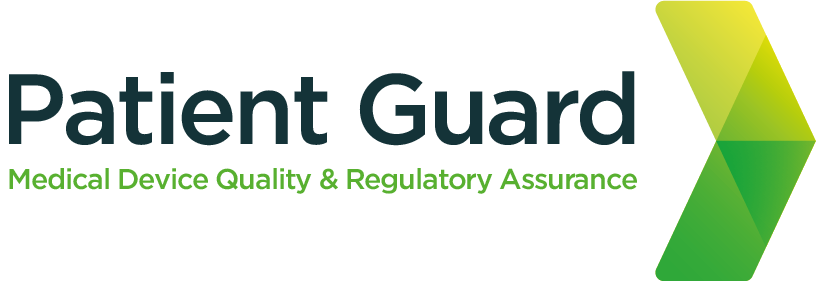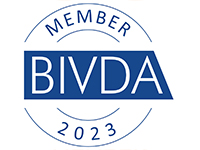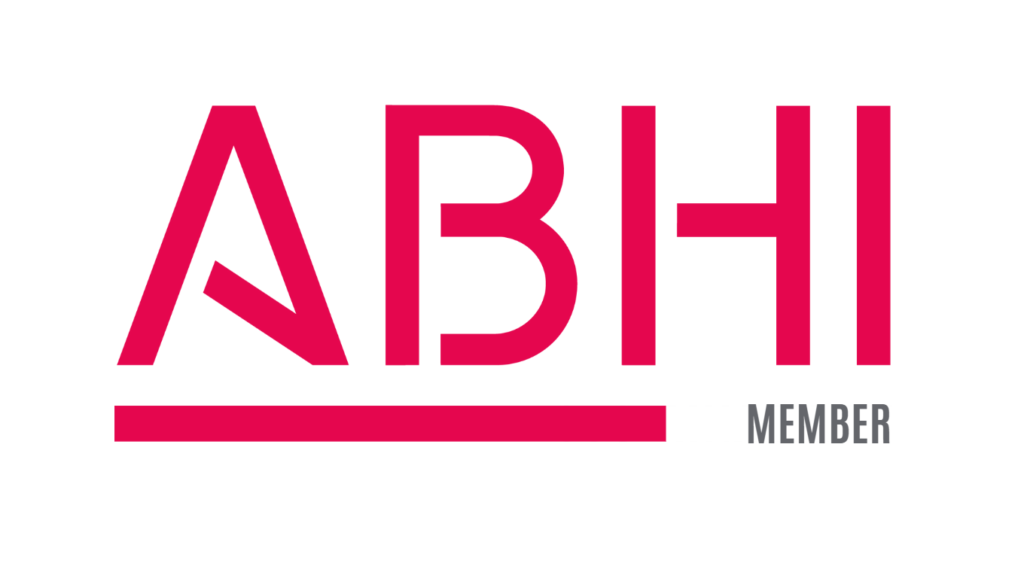In this blog, we will discuss some of the (in our opinion) top 5 quality management system-related failures. These failures had massive consequences, including loss of life and financial impact, for the companies and organisations involved. Hopefully, by the end of the blog, you should also have a good understanding of why having a quality management system in place and adhering to its processes is really important.
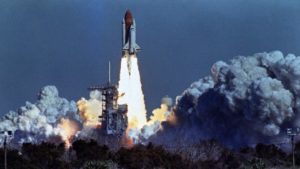
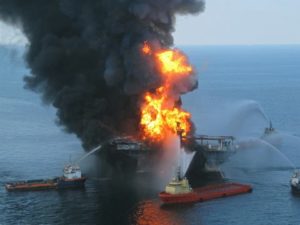
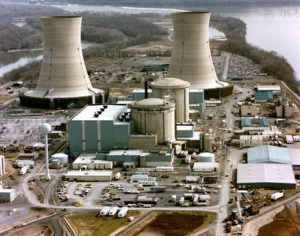
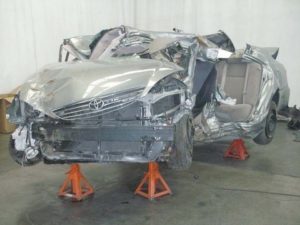

1986 Challenger Space Shuttle explosion

2010 Deepwater Horizon drilling rig explosion

Three Mile Island

TOYOTA’S Recall of vehicles due to unintended acceleration

Chernobyl Disaster

Conclusion
The five disasters and quality management system failures above showcase that if the higher management involved had supported the quality management system and not circumvented steps designed for safety or taken shortcuts when training staff that many of these disasters could potentially have been avoided. This demonstrates the benefit to every business of a well-maintained and implemented quality management system from anything such as improving your product quality, increasing efficiency in production, maintaining safety and in the most extreme cases saving lives. All of these benefits can also help to increase the profitability of work activities.How can we help your business thrive with a Quality Management System?
All medical device manufacturers or ‘Virtual manufacturing of medical devices’ (Own Brand Labelling) are now required, under the Medical Device Regulation (MDR) and In Vitro Diagnostic Regulation (IVDR) services, to have a Quality Management Service in place. This is usually in the form of applying ISO 13485:2016 service, which needs to be certified by an accredited certification body. Once the Quality System is in place, it must be managed and maintained by a quality service representative who can carry out annual audits. Employing a representative to carry out the quality management service for you can be expensive, and for small companies, it’s unlikely to warrant a full-time position. This can be subcontracted to a 3rd party on the basis of a consultant managing the system for the company on a few days per month basis. We would be happy to discuss this option with you, helping to keep your ongoing costs to a minimum. If you would like to know more about our quality management service, then please contact us for further information. We’re Quality!Share content
Facebook
Twitter
LinkedIn
